Best Solar Inverter: Top Picks in 2025
You've just invested in a shiny new solar panel setup, expecting lower bills and greener living, only to realise your energy output isn't quite what you hoped. Sound familiar? If so, you're not alone. Many homeowners overlook one crucial component: the inverter. That's why we've put together this guide to the best solar inverter options available in 2025.
What Types of Solar Inverters Are Out There?
Understanding the different types of solar inverters helps homeowners and businesses choose one that fits their unique energy needs.
1. String Inverters
String inverters are the most common and cost-effective option. Panels are connected in series to a single inverter. While affordable and reliable, they can suffer performance loss if one panel underperforms due to shade or damage.
Best for:
Open rooftops with minimal shading and uniform panel orientation.
2. Microinverters
Microinverters are installed on each individual panel, converting DC to AC at the source. This setup maximizes output, even if one panel is shaded or dirty.
Best for:
Complex roof layouts, partial shading, or users wanting panel-level monitoring.
3. Hybrid Inverters
Hybrid inverters allow integration with battery storage systems, combining solar energy generation and storage into one device. They intelligently manage power between solar, battery, and the grid.
Best for:
Homes with battery storage or planning for energy independence.
4. Power Optimisers
While not inverters themselves, power optimisers work in tandem with string inverters to improve performance. They adjust voltage at each panel to minimise energy loss.
Best for:
Situations needing balance between cost-efficiency and panel-level optimisation.
What Should You Look for in a Solar Inverter?
Choosing the best solar inverter goes beyond picking a top brand. Here’s what UK users should consider:
1. Efficiency Ratings: Aim for inverters highly efficient, meaning less energy lost in conversion. High-efficiency models translate directly to lower electricity bills.
2. Compatibility with UK Grid Regulations: Always check that the inverter is G98 or G99 compliant. These certifications are required for legal connection to the UK’s grid under Ofgem regulations.
3. Hybrid Functionality: Even if you don’t have a battery yet, consider a hybrid-ready model. This future-proofs your system, allowing battery storage integration down the line.
4. Smart Monitoring: Modern inverters should support real-time monitoring via mobile apps or web portals. Look for systems that provide panel-level data, alerts, and analytics.
5. Durability and IP Rating: For the UK climate, look for IP65 or IP67 ratings. These indicate protection against rain, dust, and cold—essential for outdoor installations.
6. Warranty and Support: Top manufacturers offer 5–12year warranties, often extendable to 20 years. Local customer service and repair networks are also a plus.
Once you’ve matched an inverter to your efficiency, compliance, and monitoring needs, the next step is to choose a system that brings it all together. Consider the EcoFlow STREAM Series Solar Plant—a fully hybrid solution designed for flexibility and intelligent control.
It offers scalable energy storage from 1.92 kWh up to 11.52 kWh, with a peak output of 2300W. Its AI-powered solar network continuously optimizes on-site generation, while plug-and-play installation and capacity-expansion options let you build out your system at your own pace. By combining smart system management with a durable, IP-rated design, the STREAM Series makes “zero electricity bills” a realistic goal for UK homeowners looking for a future-proof, cost-effective energy solution.
EcoFlow STREAM Series Solar Plant
Best Solar Inverter in UK: Top 6 Picks
Now that you know what to look for, let’s explore some of the best solar inverters available in the UK today. We've evaluated performance, efficiency, smart features, and compatibility to highlight the six best solar power inverter options available in 2025.
1. EcoFlow STREAM Ultra - All-in-one solar battery & inverter
The EcoFlow STREAM Ultra is a clever all-in-one system that combines both a solar inverter and battery storage into one compact unit. It comes with a built-in 1.92kWh LFP battery, which means it not only converts solar energy into usable electricity but also stores it for later use—ideal for evenings or cloudy days.
It supports up to 2kW of solar input and can power your home directly or send energy back to the grid. You can scale the system up to 11.5kWh if your energy needs grow. With a weather-resistant design and app-based control, it's a great choice for anyone looking to simplify their solar setup.
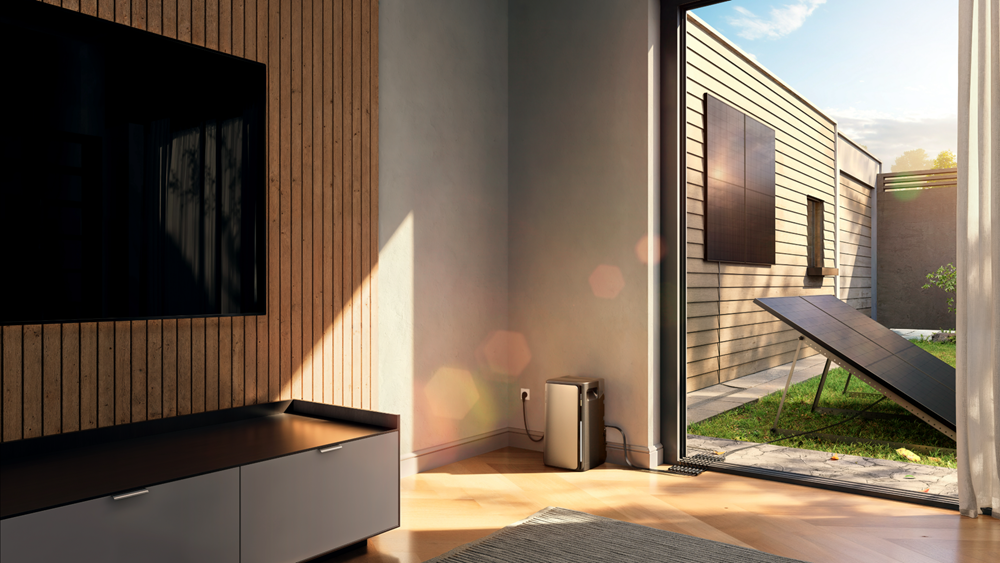
2. EcoFlow STREAM Microinverter
The EcoFlow STREAM Microinverter is a smart, compact solution that does more than just convert solar power. It has up to two MPPT channels and feeds AC electricity into your home, making it perfect for small setups like sheds.
What makes it stand out is its reliable performance in low-light conditions, requiring only a 3W solar input to start, ensuring a steady power supply even during the early morning or at dusk. Additionally, it features a durable, weather-resistant design with an IP67 waterproof rating, making it dustproof and waterproof, ideal for outdoor environments.
The EcoFlow STREAM Microinverter is compatible with 99% of solar panels on the market, and its plug-and-play installation makes setup quick and easy. Plus, with the EcoFlow app, you can leverage smart energy management to potentially achieve zero electricity bills by maximizing solar energy use and minimizing grid reliance.
EcoFlow STREAM Microinverter
3. Fronius GEN24 Plus
The Fronius GEN24 Plus is a dependable hybrid inverter that offers a balance of performance and flexibility. It comes in various sizes (from 3 to 10kW), so whether you're powering a smaller household or something larger, there's likely a model that fits.
What's useful is its built-in backup power feature, which keeps essential appliances running during short outages—no battery required. If you do add a battery, it becomes a full-home backup system. The Solar.web platform makes it easy to track performance, and the unit's smart cooling keeps things running efficiently. It's a good choice if you want a long-term solution with future upgrade options.
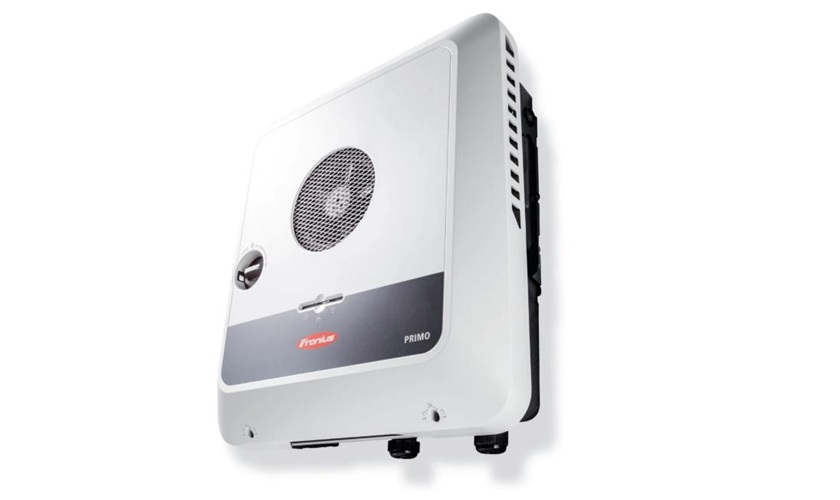
4. SolarEdge Home Wave Inverter
The SolarEdge Home Wave inverter is ideal if your solar setup includes multiple angles or partial shading. Unlike standard inverters, it works in combination with SolarEdge power optimisers (required), which help get the most energy from each panel. That means even if one panel isn't performing well, say it's shaded by a chimney, the rest of the system keeps working at full strength.
It's also compatible with batteries, so you can expand your system later on. With real-time monitoring and a clean, quiet design, this inverter fits nicely into most homes, especially those with trickier layouts.
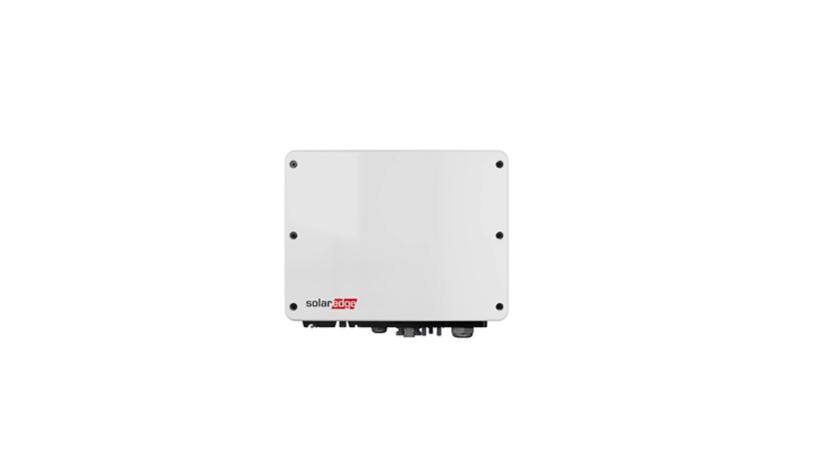
5. Huawei SUN2000 L1
Huawei's SUN2000 L1 is a compact hybrid inverter that focuses on smart, quiet operation. It uses dual MPPT tracking to adjust to changing sunlight across your panels, so you're not losing out when the sun shifts or clouds roll in. It also includes arc-fault detection, a helpful safety feature that can prevent potential hazards. You can connect it to Huawei's FusionSolar app for easy system monitoring and firmware updates. It's especially handy for users who value energy visibility but don't want to deal with noisy hardware or overly complex controls.
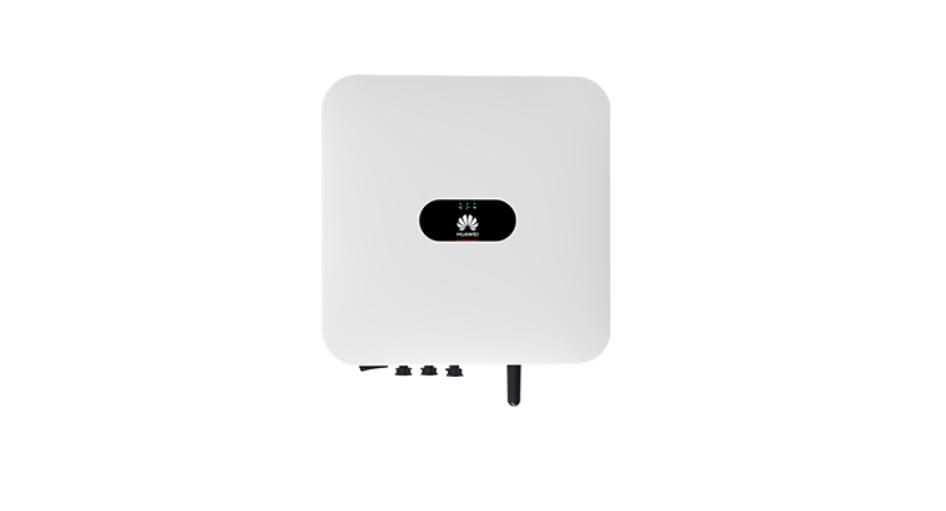
6. Growatt MOD 5000 TL3-XH BP
The Growatt MOD 5000TL3-XH BP is a solid and sensible choice for homes or small businesses looking to add solar with room for future battery storage. This three-phase hybrid inverter handles up to 5 kW of AC power with a 10 kW panel input and uses two independent MPPT trackers, so if one panel string is shaded, the rest keeps working efficiently. It's designed to run quietly, and is tough enough for outdoor use thanks to its IP66-rated casing. A solid option if you want hybrid flexibility without breaking the bank.
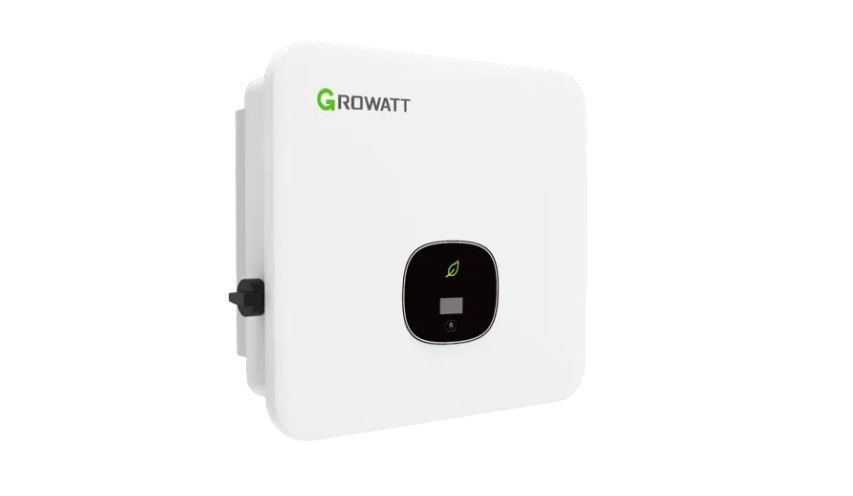
Conclusion
High-efficiency models with smart capabilities and battery support are now accessible to more users than ever, making 2025 the ideal time to optimise your solar setup. With the best solar inverter, your system can operate at peak efficiency for years to come.
FAQs
Which is the best solar inverter brand?
We believe EcoFlow stands out by making solar simpler and smarter. Our STREAM Series inverters are built for reliability, efficiency, and ease of use—whether you're powering a whole home or starting with a small setup. With app-based monitoring, plug-and-play design, and flexible expansion, we make solar work for your lifestyle.
Which inverter is best for solar?
That depends on your setup, but we've designed our inverters to fit a wide range of needs. The STREAM Ultra is great for full hybrid systems with storage, while the STREAM Microinverter is perfect for compact installs. Both offer high efficiency, real-time monitoring, and easy installation, making solar more accessible than ever.
How do I determine the right inverter capacity for my solar setup?
Start by matching the inverter’s rated power to your total array output, allowing a small buffer (10–20%) for peak production. Factor in your typical household loads and any planned expansion. This ensures the inverter runs efficiently without overloads, maximizes energy harvest, and stays compliant with local grid-connection limits.